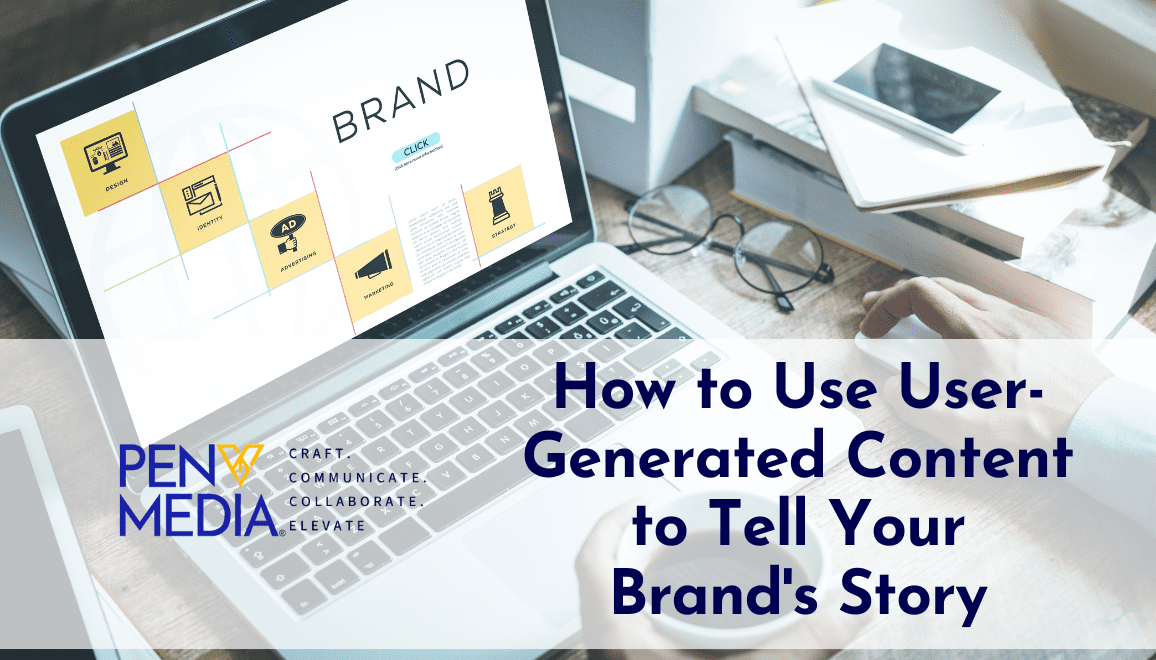Consumer preferences and behaviors are evolving rapidly. Consequently, brands are continually seeking innovative strategies to capture attention, build trust, and foster meaningful connections with their audience.
Amidst this quest for authenticity and engagement, the utilization of user-generated content (UGC) has emerged as a powerful tool for brands to convey their narratives. In this comprehensive guide, we’ll delve into the transformative potential of UGC and explore actionable steps to harness its power for your brand’s narrative.
Understanding User-Generated Content
User-generated content encompasses a wide array of content types, including images, videos, testimonials, reviews, and social media posts, created and shared by consumers rather than brands. It epitomizes authenticity, reflecting genuine experiences, opinions, and perspectives of real users. By leveraging UGC, brands can tap into the collective wisdom and creativity of their audience, fostering a sense of community and authenticity in their marketing efforts.
In today’s age of social media dominance, UGC has become ubiquitous, shaping consumer perceptions, influencing purchasing decisions, and driving brand engagement. Whether it’s a customer sharing a photo of their favorite product, writing a glowing review, or creating a video tutorial, user-generated content holds immense potential for brands to connect with their audience on a deeper level.
Case-in-point: Airbnb’s “Live There” campaign serves as a stellar illustration of how brands can harness UGC to tell authentic stories. Rather than focusing solely on their accommodations, Airbnb featured user-generated photos and videos showcasing travelers immersing themselves in local culture and experiences. This approach not only resonated with audiences but also reinforced Airbnb’s brand identity as a platform for authentic travel experiences.
The Power of Authentic Storytelling
At the core of effective brand communication lies authentic storytelling. Today’s consumers are savvy and discerning, gravitating towards brands that resonate with their values, aspirations, and emotions. By incorporating UGC into your brand’s storytelling efforts, you can infuse authenticity, humanity, and relatability into your message, forging deeper connections with your audience.
Authentic storytelling transcends mere advertising; it’s about weaving narratives that evoke emotion, spark conversation, and inspire action. When consumers see real people like themselves sharing their experiences with a brand, it fosters trust, credibility, and loyalty. Moreover, UGC provides social proof, assuring prospective customers of the brand’s quality, reliability, and relevance.
Case-in-point: The outdoor apparel brand, Patagonia, has mastered the art of authentic storytelling by featuring user-generated content that highlights real-life adventures and environmental activism. Through stunning photos and heartfelt testimonials shared by their customers, Patagonia communicates its brand values of sustainability, adventure, and outdoor stewardship, resonating with environmentally-conscious consumers worldwide.
Strategies for Leveraging User-Generated Content
1. Encourage and Incentivize User Participation
Empower your audience to become active participants in your brand’s narrative by inviting them to share their experiences, stories, and creations. Offer incentives such as discounts, exclusive access, or recognition to motivate users to contribute to UGC. By fostering a culture of co-creation and collaboration, you can tap into the collective creativity and enthusiasm of your audience, enriching your brand’s storytelling efforts.
- Case-in-point: Starbucks’ “White Cup Contest” is a shining example of how brands can incentivize user participation through creative contests. The campaign encouraged customers to decorate their white Starbucks cups and share photos on social media with the hashtag #WhiteCupContest for a chance to have their design featured on a limited edition cup. The contest generated widespread participation, showcasing the artistic talents and passion of Starbucks’ loyal customers while fostering community engagement and brand advocacy.
2. Curate and Showcase User Content
Curate the most compelling user-generated content and showcase it across your marketing channels, including your website, social media platforms, and email newsletters. Highlighting user stories, testimonials, and reviews adds authenticity and credibility to your brand while fostering a sense of belonging and community among your audience. By amplifying the voices of your customers, you can create a narrative that resonates with prospective buyers and strengthens brand loyalty.
- Case-in-point: GoPro’s “Photo of the Day” feature on their website and social media channels is a testament to the power of user-generated content in brand storytelling. Each day, GoPro showcases stunning photos and videos captured by their customers using GoPro cameras, showcasing the exhilarating adventures and breathtaking moments that embody the brand’s spirit of adventure and exploration. By celebrating the creativity and passion of their users, GoPro has cultivated a passionate community of brand advocates who eagerly share their experiences and inspire others to join the adventure.
3. Engage and Interact with Your Audience
Show genuine appreciation for user-generated content by engaging with and responding to your audience. Like, comment, and share user posts to foster a sense of connection and reciprocity. Personalized interactions demonstrate that you value and recognize the contributions of your audience, strengthening brand affinity and loyalty. Moreover, engaging with user-generated content creates opportunities for meaningful dialogue, feedback, and co-creation, enabling brands to continuously evolve and improve their products, services, and messaging based on customer insights.
- Case-in-point: Glossier, a beauty brand renowned for its community-driven approach, excels at engaging with its audience on social media. Glossier regularly interacts with customers, responding to comments, reposting user photos, and incorporating customer feedback into product development. By fostering a two-way dialogue with their audience, Glossier strengthens brand loyalty, builds trust, and creates a sense of belonging among its community of followers.
4. Incorporating Multimedia Elements
Enhance your brand’s storytelling efforts by incorporating multimedia elements such as images, infographics, gifs, and videos into your content strategy. Visual content not only captures attention but also enhances the emotional impact of your message, making it more memorable and shareable. Whether it’s a captivating image, an informative infographic, or a compelling video, multimedia content has the power to convey complex ideas, evoke emotions, and spark conversation, enriching your brand’s narrative and driving engagement.
- Case-in-point: Lush, a cosmetics retailer renowned for its ethical and environmentally-friendly products, uses visually stunning videos and animations on social media to showcase their products and values. From mesmerizing demonstrations of their handmade cosmetics to powerful advocacy campaigns promoting animal rights and environmental conservation, Lush creates immersive brand experiences that resonate with their audience on a deep emotional level. By combining captivating visuals with powerful storytelling, Lush cultivates a passionate community of brand advocates who share their values and support their mission.
Conclusion
User-generated content offers brands a powerful means to tell authentic and compelling stories that resonate with their audience on a deeper level. By embracing UGC and implementing the strategies outlined in this guide, you can elevate your brand’s narrative, foster deeper connections with your audience, and drive meaningful engagement.
Not sure how to leverage UGC for your brand? Consult with PenVmedia for personalized advice on leveraging UGC for your brand. Together, let’s empower your brand through the transformative power of creative content writing.



Leave a Comment